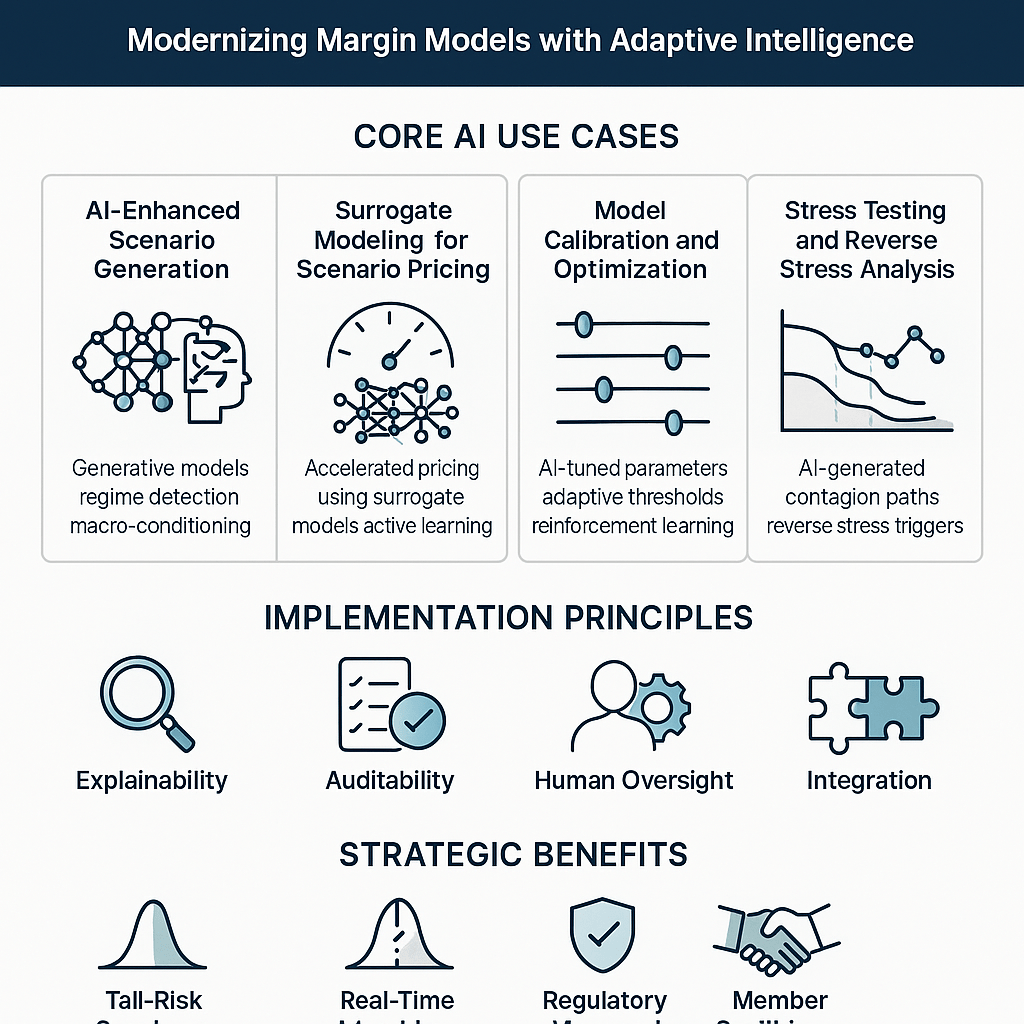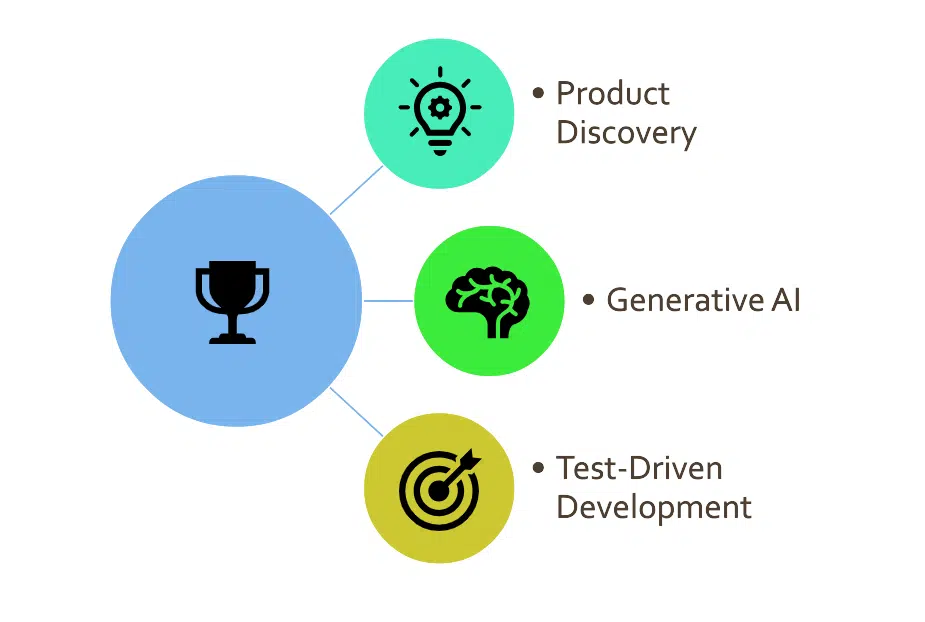Artificial intelligence (AI) has the potential to revolutionize the way we live, work, and interact with each other. However, as with any new technology, it also poses significant risks that must be carefully considered and mitigated. In this blog post, we will explore some of the dangers of AI-enhanced systems. We will also highlight measures that can be taken to turn them into benefits.

The dangers of AI-enhanced systems
One of the main concerns surrounding AI is the potential for job displacement. According to a report by the McKinsey Global Institute, up to 375 million workers, or 14% of the global workforce, may need to switch occupational categories and learn new skills by 2030 due to automation. This could result in widespread unemployment and social unrest if adequate measures are not taken to address the issue.
Another danger of AI is the potential for bias and discrimination. If AI algorithms are trained on biased or incomplete data, they could perpetuate existing social inequalities or even amplify them. For example, a study by researchers at MIT and Stanford University found that facial recognition systems have learning bias. They have higher error rates for people with darker skin tones, which could lead to unjust outcomes in law enforcement and other fields.
Finally, there is also the risk of AI systems being used maliciously, either by criminal elements or state actors. For example, deepfake technology, which uses AI to create convincing fake videos,. This could be used to spread disinformation and manipulate public opinion.
Measures to mitigate the risks of AI
Despite these risks, there are also many ways in which AI can be used to benefit society. For example, it can not just help automate tedious or dangerous tasks. But also make predictions with greater accuracy, and improve decision-making processes in various fields, such as healthcare, finance, and transportation.
To maximize these benefits while minimizing the risks, there are several measures that can be taken:
Regulation and oversight: Governments should establish regulations and oversight mechanisms to ensure that AI systems are developed and deployed responsibly. For example, the European Union has proposed a set of regulations for AI. These regulations include requirements for transparency, accountability, and ethical considerations.
Bias detection and correction: Developers should use diverse and representative data sets to train AI algorithms. And also employ techniques for detecting and correcting bias in the data. For example, IBM has developed an AI Fairness 360 toolkit that helps detect and mitigate bias in AI systems.
Education and training: To mitigate job displacement, governments and businesses should invest in education and training programs. So as to enable workers to acquire the skills needed to work alongside AI systems. For example, the World Economic Forum has launched the Reskilling Revolution initiative. The initiative aims to provide one billion people with better education, skills, and jobs by 2030.
Taxation: Governments could consider levying taxes on businesses based on the value of work done by robots/AI which would otherwise be done by humans. This tax money can be used to fund social security and ensure that basic human needs for every man are met irrespective of whether he has employment or not. For example, South Korea has implemented a robot tax that imposes a 20% tax on the cost of purchasing a robot.
Collaboration and dialogue: Finally, it’s essential to encourage collaboration and dialogue between stakeholders from different fields. These may include researchers, developers, policymakers, and civil society organizations.
Historical examples of disruptive technologies
The risks and opportunities posed by AI are not new. Throughout history, humanity has faced numerous disruptive technologies that have transformed society in profound ways. For example, the Industrial Revolution of the 18th and 19th centuries. It led to the widespread adoption of machines and automation, which greatly increased productivity. It not only displaced many workers but also led to extension of many traditional crafts and trades.
Similarly, the advent of the internet and digital technologies in the late 20th century has led to the rise of new industries. The most prominent once being e-commerce and social media. This disruption of traditional business models also lead lead to job displacement in certain sectors.
Despite of challenges, disruptive technologies have brought about many positive changes. It has improved standards of living, increased access to education and healthcare, and new opportunities for innovation and creativity.
The key to successfully navigating these disruptions is to approach them with a clear-eyed understanding rather than trying to halt progress. We should take proactive measures to minimize the risks while maximizing the benefits. It’s important to recognize that change is inevitable, and our choices are between a managed process of change or a chaotic one.



